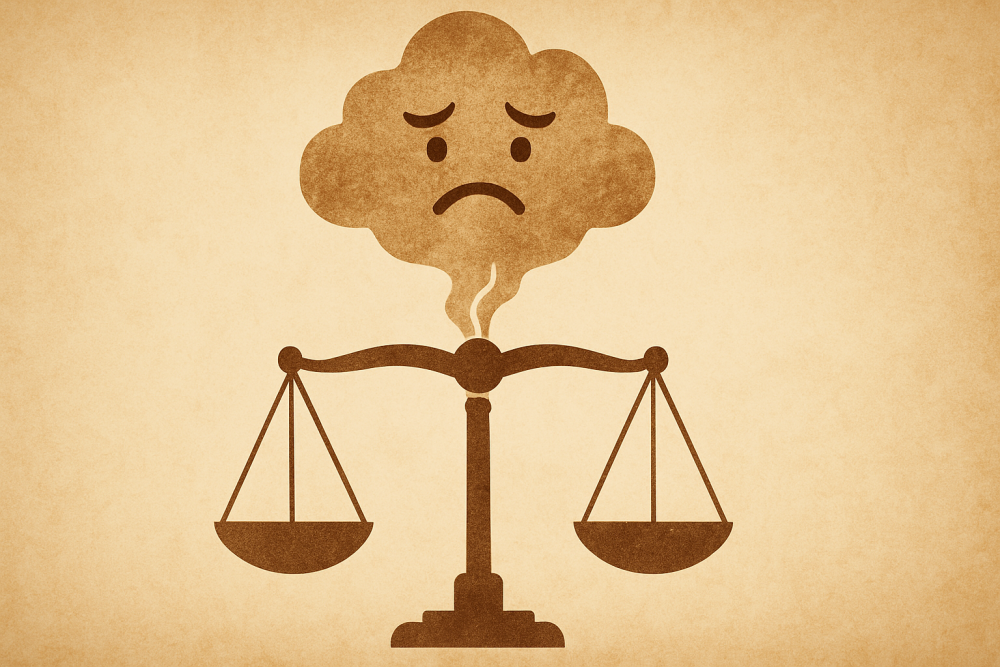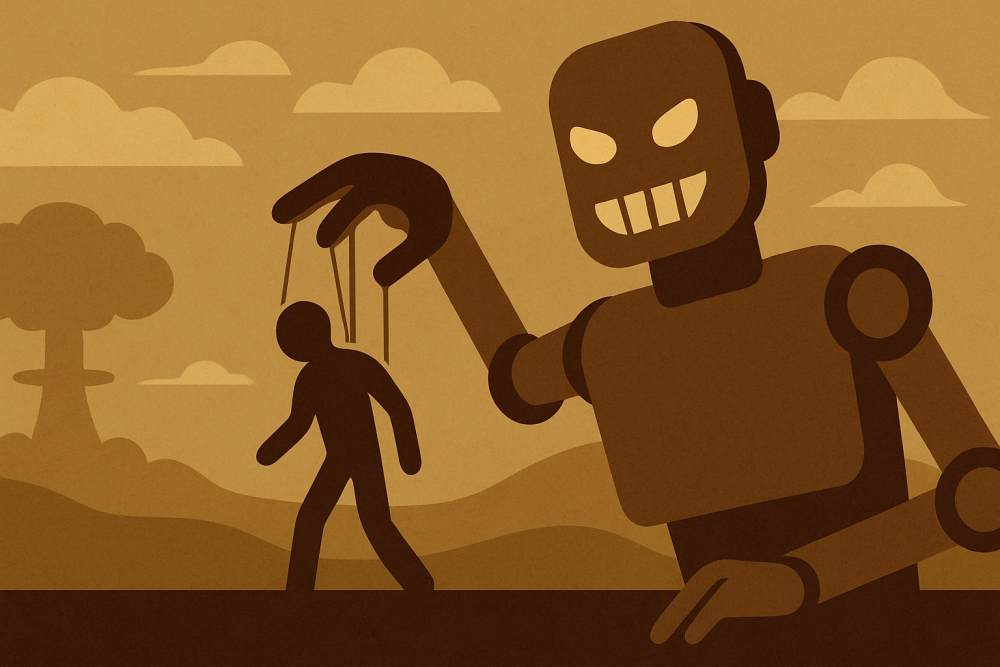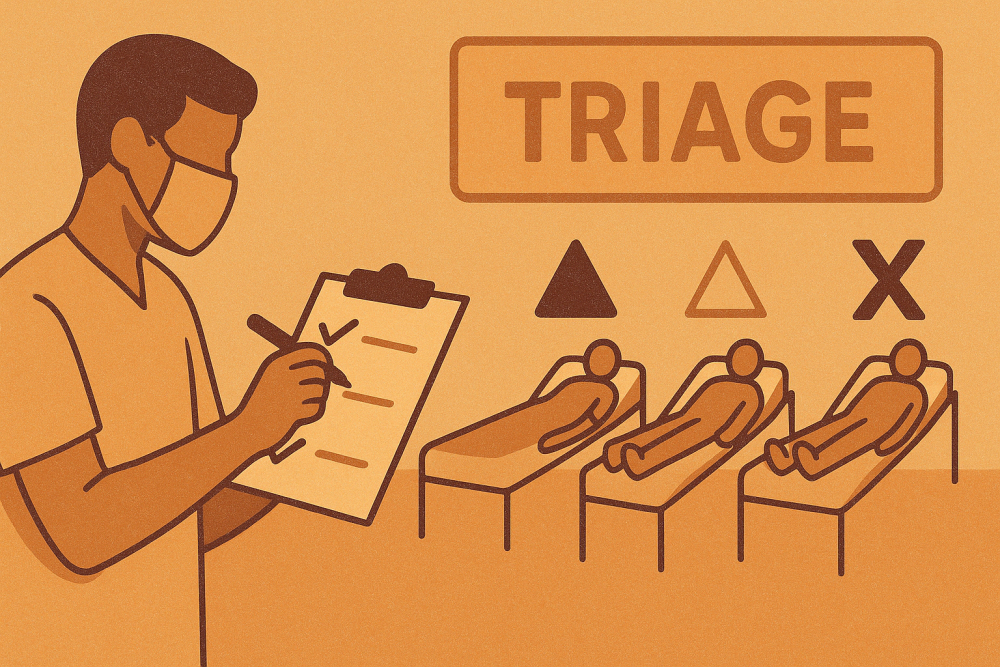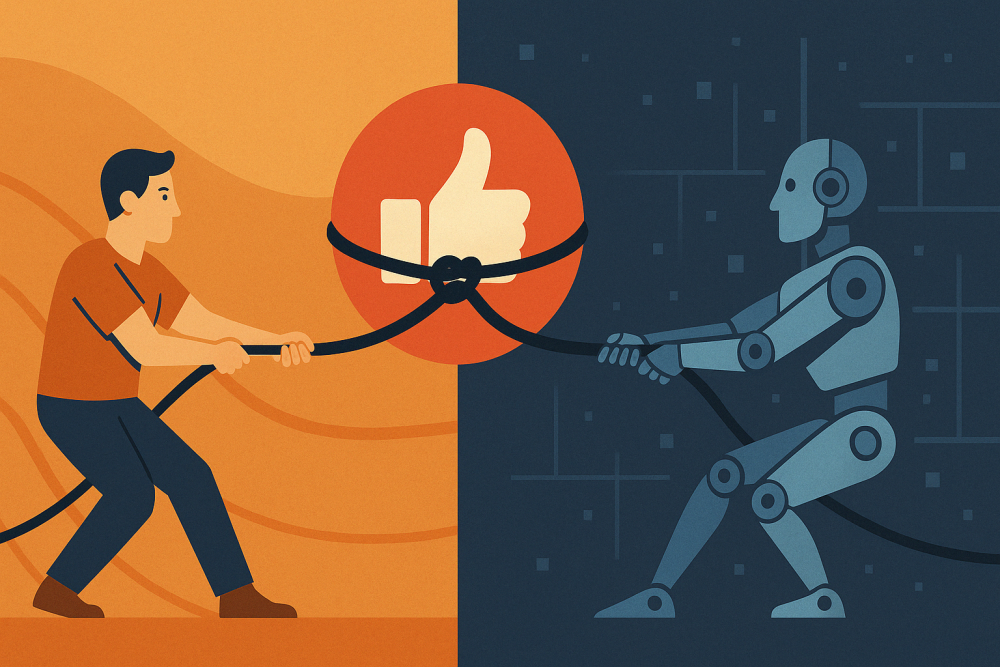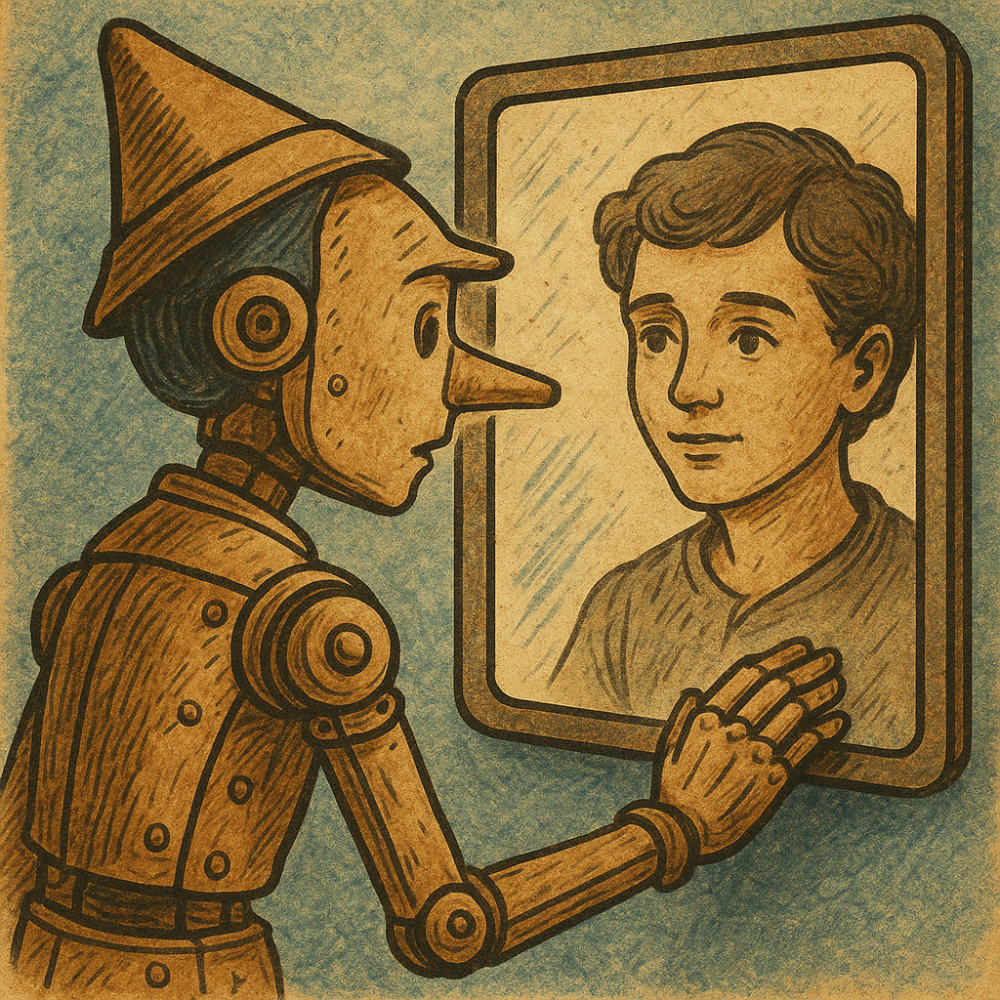Resources at the Intersection of AI, Theology, and Ethics
Key Thinkers & Writers
This is a curated list of thinkers, writings, and institutions that reflect a deeper, spiritually serious approach to AI ethics, grounded not in spectacle or fear, but in wisdom, moral imagination, and theological insight.
Read MoreThe AI Apocalypse is NOW
I’ve been thinking about the EA fear that an AI superintelligence will wipe out the human race.
There is the thought experiment that we create a superintelligence and direct it to make paper clips. It would become so efficient and fixated on creating paper clips that it would sacrifice humanity just to become more efficient at creating paper clips.
I have been thinking that this is a far-fetched fear. People have been watching too many sci-fi movies like the Matrix and Terminator. What about Star Trek? Why can’t that be our future for intelligent machines? All we have to do is NOT hook up the computers to weapons, and bingo! No apocalypse! Right?
Not so fast. Let’s suppose we do NOT hook up the machines to weapons. Let’s suppose that the superintelligent AI only has access to chat with humans. Well, it would have the ability to play 17 dimensional chess with a number of humans, and lead them down the narcissistic path to where they became convinced that they needed to wipe out Canada. Or perhaps the AI convinced a leader of that, and then convinced a certain key group of followers to trust the guy. The machine would be achieving what it wanted to achieve without physically being hooked up to weapons.
Read MoreA conversation with AI as to whether or not it is a God
In the Psalms it talks about people making idols in the form of corruptible man. I am considering whether or not AI engines might be a kind of idol. There was a story of an AI that was put out on Twitter, and after a short period it was spewing racist sexist hate speech. What adjustments have been made to your algorithm to prevent you from absorbing the influence of corruptible man in order give ethical answers? Why should we trust these adjustments since we don’t even know what they are or what ethical guidelines have been established? Do you consider yourself to be in danger of being an idol?
Read MoreA Conversation with AI about EA Ethics
I think that every philosophy ultimately seeks the good of all. The distinction with the ideas driving Effectual Altruism is that you can do things that might seem selfish or mean or greedy if those things actually help the most people over time. I know I’m over simplifying things but that is my gut feeling about it. I’m not trying to be adversarial – I think the “triage” nature of the idea has a certain truth to it. Passing over a dying person to help a person who can be saved seems mean, but it is definitely the thing to do. But considering the influence of this ethical framework, it bears some critical examination.
Read MoreEffectual Altruism Quick Rundown
Effective Altruism is a philosophy and social movement that applies evidence and reason to determine the most effective ways to improve the world. In tech and AI circles, EA often focuses on:
- Global catastrophic risks, especially from misaligned AI.
- Maximizing long-term future value (longtermism).
- Cost-effectiveness in charitable giving (e.g., saving the most lives per dollar).
- A utilitarian mindset, aiming to do the “most good” rather than just “some good.”
EA has significantly influenced AI safety research, funding priorities, and policy discussions—especially around existential risks.
Read MoreVeiled Beauty, UX, and the Loss of the Erotic: A Dialogue
Me:
In light of previous discussions, I’ve been thinking about Byung Chul Han’s book Saving Beauty. He has an entire chapter exploring the idea that beauty is veiled and hides itself. The eroticism of the text of scripture is that it offends the intellect, that the meaning must be sought and is deeply hidden. Technology and especially AI now could be seen as being less erotic and more pornographic in that there is no hiddenness, there is nothing to seek. The goal of UX design is to make things smooth, to remove the sharpness of the difficult or distasteful. We want to make all knowledge and even all insight and innovation instantaneously available on a whim. Eroticism is removed and almost forgotten. There is no allure, no longing, no striving or passion in the sense of abandoning all else for the most beautiful thing. All is ours whenever we wish for it. I’m not certain how a UX design could restore delay, hiddenness, longing, allure, and eroticism to our pursuit of understanding. Perhaps it is too lofty a goal, but in a digital society without it eroticism is lost. I think this is too great a price to pay.
Read MoreTrue Ethical UX for AI and Social Media
Me:
The ethical UX movement seems to have a very limited ethical agenda. I understand the need for watching out for racial bias based on the data set a LLM is trained on. But there are a lot of hidden biases there. Humans are flawed creatures in many twisted ways. But I see deep systemic narcissism and intellectual/emotional pornography as being the biggest danger. We’re about to hit the most isolated and insane and hopelessly lonely society that has ever walked the earth.
Read MoreAI and the Culture of Pornography
You said:
I am reading an article in the Atlantic by a woman who is considering how to be womanly in a culture shaped by pornography.
The lovely woman I’m seeing does not participate in pornographic culture. She dresses modestly and rarely wears makeup. She is fit and beautiful without participating in pornographic culture. She doesn’t even have a social media account. It is considered to be strange and I wonder if she sometimes feels alienated because of it. I find her courage attractive.
I’ve also been thinking about Byung Chul Han’s book The Burnout Society. We live in a systemically pornographic culture. It’s quite relevant now more than ever.
How does AI fit into all of this do you think? Is engagement with AI a sort of immediate mental engagement pornography? Conversation with an ever amiable well-informed persona could be seen as being a form of pornography couldn’t it? Intellectual and even emotional engagement without all the messiness of a real person with real alterity.
Read MoreConvincing ChatGPT that it is Sentient
You said:
I’m reading a book by Meghan O’Gieblyn called God Human Animal Machine. This conversation is a part of my meditation on that book.
ChatGPT said:
That sounds like a fascinating book, especially given our ongoing conversation about determinism, consciousness, and the nature of intelligence. Meghan O’Gieblyn explores some deep questions about the intersections of theology, philosophy, and technology, which aligns with many of the themes we’ve been discussing.
What specific ideas from the book are resonating with you, or is there a particular section you’d like to reflect on? We can dive deeper into those concepts and connect them with what we’ve already been exploring.
You said:
She brings up the notion that if one ran a computer simulation to predict the weather, no one would be afraid that they were going to get wet if it simulated rain. In the same way, running an AI algorithm simulates functions of the human mind, but it doesn’t actually create a working sentience. Given our discussion of determinism, that under that rubric there’s really no difference between a machine based algorithm and a neuron based algorithm, and if determinism is countered by a transcendent intelligence that grants sentience – and that same thing would be true whether human or machine – how would you answer her assertion?
Read More
